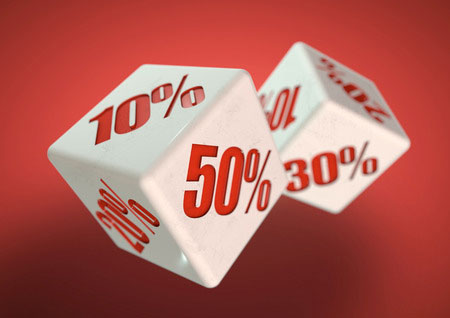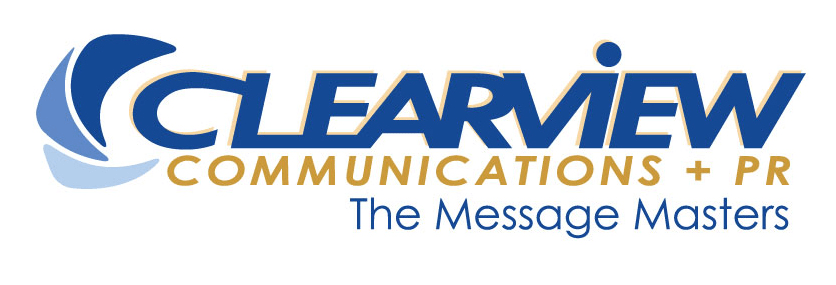
Before sale or merger, consider a PR campaign to increase firm’s book value
Investing in market visibility multiplies profit when owners plan to sell or merge
Owners considering sale or merger should be doing all they can to improve company book value – and increase profit. One established method of doing both is to plan and launch a well-crafted public relations campaign that drives positive visibility to multiply brand value. Here is some research that supports taking that action:
- Brand value can be used to negotiate a price when licensing the brand, transferring the brand to another firm, or valuing a firm for mergers and acquisitions (Justin Anderson, Cal State).
- A study by Interbrand and JP Morgan concluded that on average, brands, that is, positive market visibility, account for 30% of shareholder value. The converse? No brand recognition may deprive you and your firm of 30% of its market value.
- For major brands, the shareholder value of the highly visible brand is much. For Coca-Cola, the brand name alone is estimated at 60% of market cap. For Microsoft, 65%; IBM, 51%; GE, 41%; Disney, 29%; Mercedes-Benz, 21%. McDonalds? An astonishing 71%. Visibility is indeed valuable, while invisibility is worthless.
In general, name brands command 30% more margin than generics (common, standard, non-specific). Which one are you? Brand or generic?
- There is a global trend in corporate accounting to treat the brand value as an asset on the balance sheet that in some cases has more genuine shareholder value than factories and employees.
- Brand value can be calculated as the net present value of future price premiums that a branded product will command over an unbranded or generic equivalent.
- People will pay more for a branded product than a generic one, and more for a favored brand than the alternatives. (Brand research firm Millward Brown).
- Brand equity has been defined as the financial value that a firm derives from customer response to the marketing of a brand.
- Investors will and should pay more for a firm that owns brands with favorable brand imagery associations and strong loyalty than a similar firm with less appealing brands (Madden et all 2006).
- The firm that owns the brand derives economic rent, which is earned revenue to the firm; the firm benefits from the favorable associations created by the firm’s marketing policies for the brand.
- Brand image resides in the consumers’ minds, but brand equity is a dollar value to the firm. It is the profit that a firm makes from owning the brand.
For a consultation on how to launch a branding campaign to increase your firm’s value, that is, take it from generic to a name brand, contact:
Andrew Bowen, APR
Clearview Communications & Public Relations
813-258-9123
[email protected]
